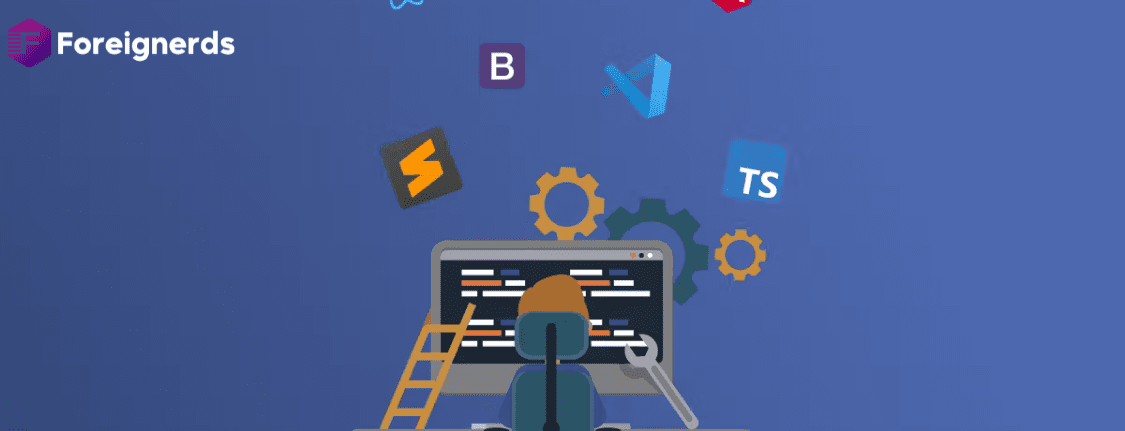- Home
- Design and Development
- Mux is the video API for...

The JAMstack, a term recently popularized by the React community and companies like Netlify and Vercel, has emerged as a game-changer in modern web development. Although the acronym stands for “Javascript,” “APIs,” and “Markup,” it doesn’t provide a clear definition of what the JAMstack really is. Nonetheless, it has gained significant traction in the web development sphere. In this comprehensive guide, we’ll delve into the JAMstack ecosystem, breaking down its components, popular options, and its impact on the way we build websites and applications.
Empowering the “Javascript” and “Markup” Components of JAMstack
Static content frameworks play a pivotal role in JAMstack development. These frameworks empower developers to create static web applications efficiently. Here are some of the prominent options:
Hosting Your Statically Built Application
Once you’ve created your static web application using one of the JAMstack frameworks, the next step is deploying it. Several platforms specialize in hosting these statically generated files and delivering them efficiently over Content Delivery Networks (CDN). Here are some popular deployment platforms:
The Serverless Aspect of JAMstack
The “API” component in JAMstack is crucial for enabling interactions between your web application and external data sources. In a serverless architecture, you can develop JavaScript functions that handle API requests and responses without worrying about server configuration or deployment. These cloud functions are essential for building dynamic, data-driven web applications. Here are some cloud function services:
Streamlining Content Management for JAMstack Applications
A Headless Content Management System (CMS) empowers content creators and developers to manage, edit, and publish content efficiently. These CMS options integrate seamlessly with JAMstack applications. Here are some notable Headless CMS choices:
Enhancing Security and User Interaction
While simple marketing sites may not require authentication, advanced applications often need robust authentication solutions. These authentication services empower you to manage user login, password resets, and other security-related features. Here are some advanced authentication options:
Managing Data for Advanced JAMstack Applications
Advanced JAMstack applications often require a database to store and manage data, especially when dealing with user authentication and dynamic content. Here are some popular databases used in advanced JAMstack development:
Understanding the Shift in Web Development
Before the JAMstack gained popularity, web development options were more limited. This section explores the historical context of web development, from static site generators to traditional web frameworks and advanced frontend technologies. The JAMstack represents a significant shift in how we build websites and applications, providing the best of both server-side rendering and interactive components.
The Video API for JAMstack
Mux is a vital player in the JAMstack ecosystem, providing video infrastructure services that align with the JAMstack philosophy. Mux handles video storage, hosting, and delivery, allowing developers to maintain full control over the user experience. Unlike some video platforms, Mux doesn’t impose a specific video player, giving developers the freedom to choose their preferred player for their applications.
Update (11/2022): Introducing Mux Player
In a recent update, Mux launched Mux Player, a comprehensive solution for seamlessly integrating Mux videos within your applications. This enhancement enhances the video playback experience and offers greater control over video presentation.
How Mux Utilizes the JAMstack for Its Own Platform
Mux doesn’t just provide APIs for JAMstack applications; it also practices what it preaches. Mux uses the JAMstack to power its own marketing site (mux.com) and the Mux blog. This section discusses the process of migrating the Mux Blog to the JAMstack and highlights the advantages of unifying the blog and marketing site within the JAMstack architecture for a consistent and seamless user experience.
Section 10: Migrating to a Headless CMS
Choosing the Right CMS for JAMstack Development
Migrating to a headless CMS was a significant step for Mux to ensure consistency and an integrated user experience. This section explores the considerations that led to the selection of Sanity as the headless CMS for the Mux platform and the benefits of using a CMS that offers room for growth and customization.
In conclusion, the JAMstack has revolutionized web development by providing a flexible and scalable approach to building modern web applications. With the right combination of frameworks, deployment platforms, cloud functions, headless CMS options, authentication solutions, and databases, developers can harness the power of the JAMstack to create dynamic and interactive web experiences. Mux’s role in this ecosystem underscores the importance of flexible and customizable solutions to meet the specific needs of individual projects. Embracing the JAMstack philosophy can lead to more efficient development, improved user experiences, and a brighter future for web development as a whole.
© 2013 - 2025 Foreignerds. All Rights Reserved